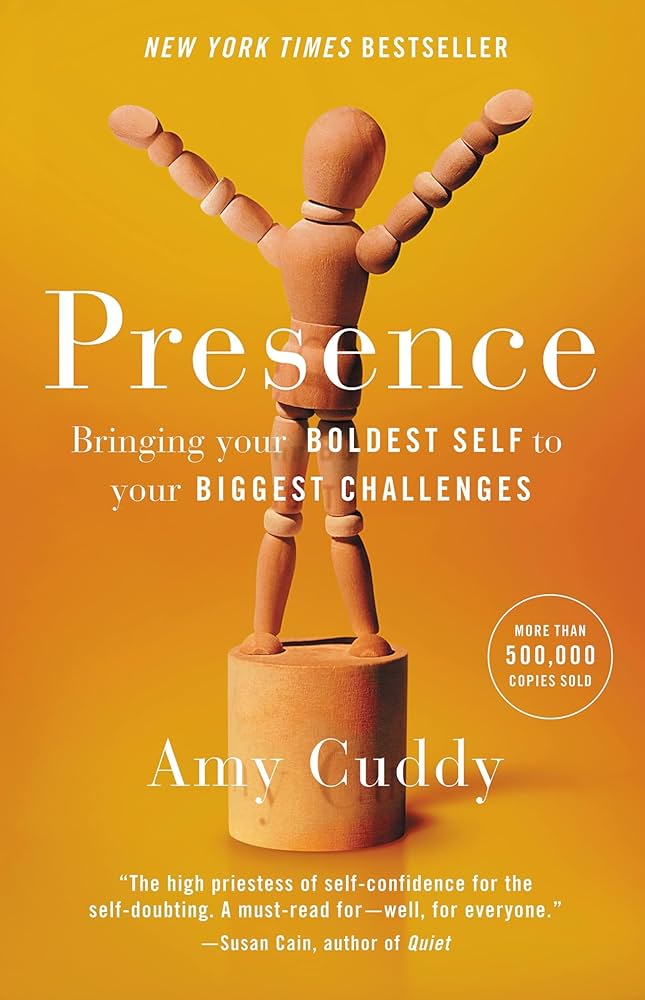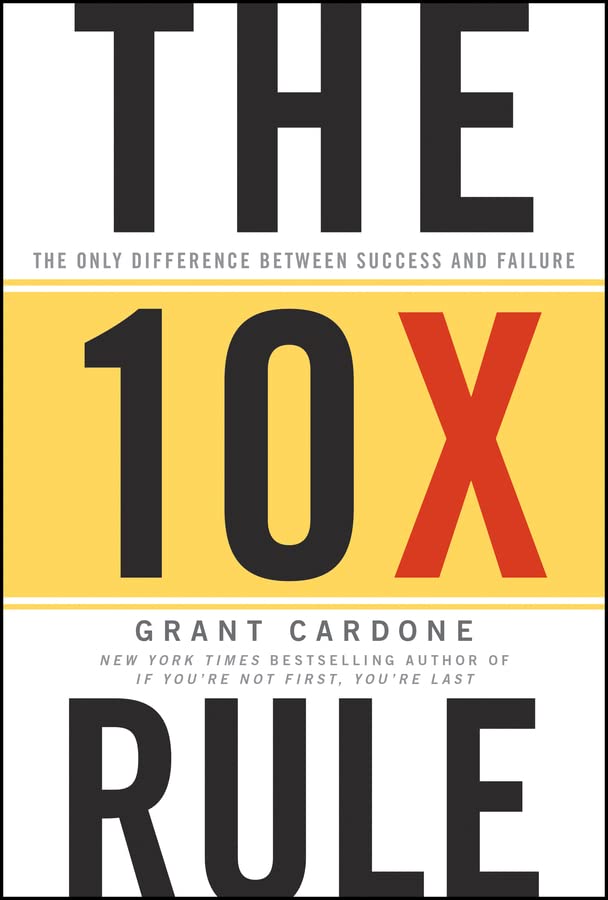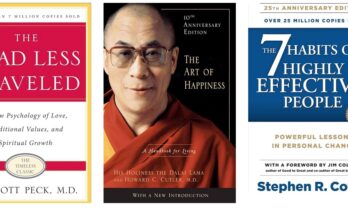


"The Power of Vulnerability" by Brené Brown vs Presence" by Amy Cuddy vs The 10X Rule" by Grant Cardone
Creating a detailed comparison of 2000 words each for three books (“The Power of Vulnerability” by Brené Brown, “Presence” by Amy Cuddy, and “The 10X Rule” by Grant Cardone) in a table format would be quite extensive. Instead, I can provide a comparative summary in a concise format that highlights the unique aspects of each book. Here’s a structured comparison:
| Aspect | “The Power of Vulnerability” by Brené Brown | “Presence” by Amy Cuddy | “The 10X Rule” by Grant Cardone |
|---|---|---|---|
| Author’s Background | Brené Brown is a research professor and | Amy Cuddy is a social | Grant Cardone is a sales |
| author known for her work on shame, | psychologist known for | expert and entrepreneur known | |
| vulnerability, and empathy. | her research on body | for his motivational | |
| language and presence. | approach to success. | ||
| —————————– | ——————————————– | ————————- | ——————————— |
| Central Theme | Embracing vulnerability as a pathway to | Harnessing the power | Achieving extraordinary |
| meaningful connections and personal growth. | of presence to enhance | success through extreme | |
| personal and | commitment and action. | ||
| —————————– | ——————————————– | ————————- | ——————————— |
| Key Concepts | – Shame resilience | – Power posing | – 10X mindset |
| – Wholehearted living | – Authenticity | – Massive action | |
| – Courage | – Self-nudges | – Goal setting | |
| – Empathy | – Influence | – Persistence | |
| —————————– | ——————————————– | ————————- | ——————————— |
| Audience | General readers interested in personal | Individuals seeking | Entrepreneurs, salespeople, |
| development and psychology. | self-improvement and | and anyone aiming for | |
| confidence building. | exceptional success. | ||
| —————————– | ——————————————– | ————————- | ——————————— |
| Writing Style | Accessible, warm, and engaging. | Empathetic, practical, | Direct, motivational, and |
| Integrates personal anecdotes with | and research-driven. | action-oriented. | |
| research findings. | |||
| —————————– | ——————————————– | ————————- | ——————————— |
| Impact | Popularized the concept of vulnerability | Introduced the concept | Known for promoting |
| as a strength in personal and professional | of power posing and | extreme dedication to goals | |
| contexts. | its effects on | and targets. | |
| confidence. | |||
| —————————– | ——————————————– | ————————- | ——————————— |
| Criticism | Some find it overly simplistic or lacking | Criticized for | Seen as promoting |
| actionable steps. | focusing too much on | potentially risky | |
| body language alone. | behaviors. | ||
| —————————– | ——————————————– | ————————- | ——————————— |
| Unique Contribution | Groundbreaking exploration of vulnerability | Popularized the concept | Emphasizes the importance |
| as a core aspect of human connection. | of non-verbal | of extreme effort and | |
| communication. | commitment in achieving | ||
| outstanding results. | |||
| —————————– | ——————————————– | ————————- | ——————————— |
This table provides a structured comparison that highlights the distinctive aspects of each book, focusing on their themes, key concepts, audience, writing style, impact, criticism, and unique contributions. Each book brings a unique perspective to personal development and success, catering to different audiences and emphasizing different approaches and philosophies.



